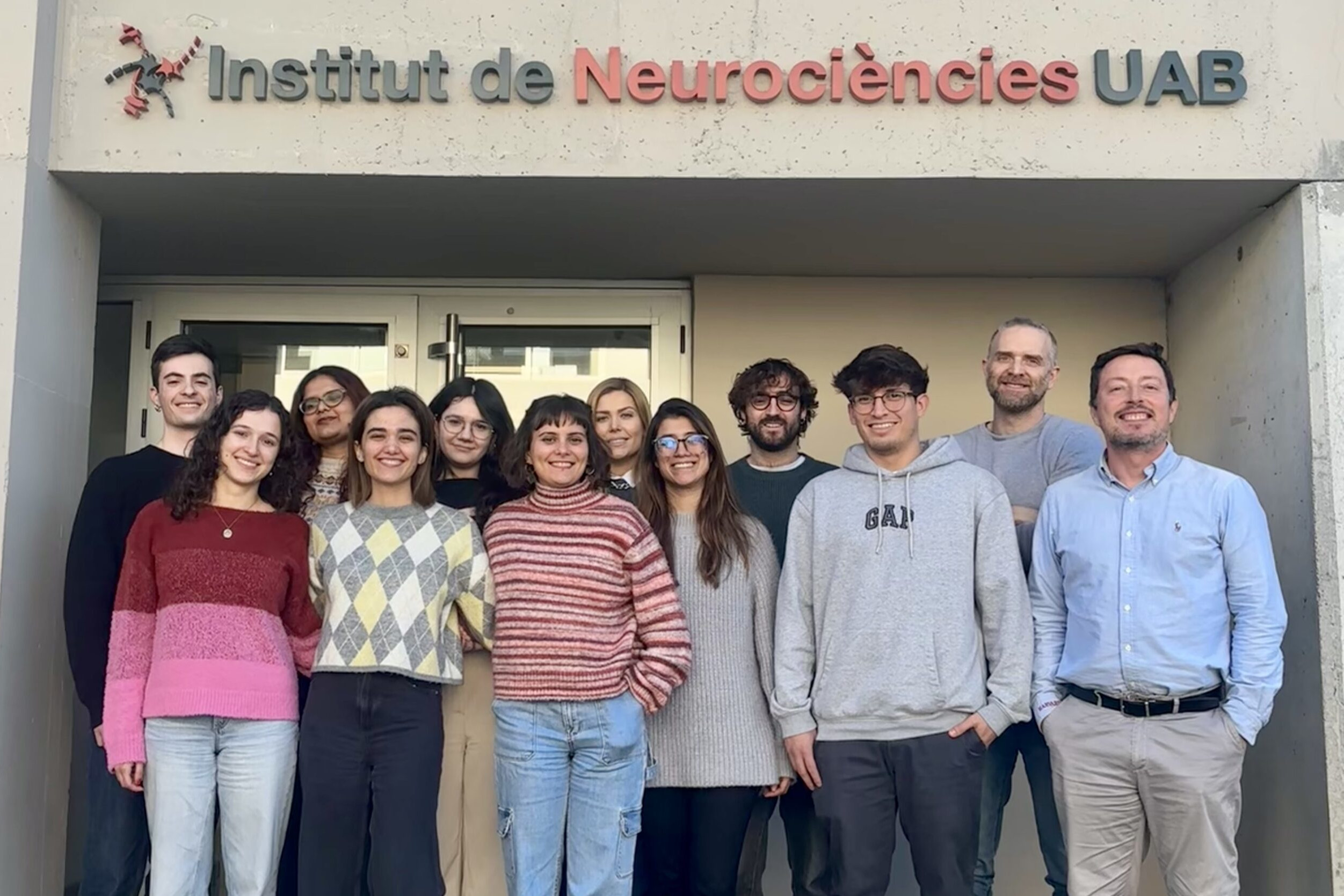A drug alleviates trauma-induced psychological effects in female mice
According to a study led by Dr. Raül Andero, the drug Osanetant could reduce the intensity at which the fear memory is consolidated, thus preventing the onset of post-traumatic stress disorder (PTSD). The research, conducted with female mice, highlights important sex differences in fear processing.

After a traumatic experience, seemingly neutral stimuli can become emotionally charged with a negative connotation, potentially leading to post-traumatic stress disorder (PTSD). To prevent this, a team from the Institute has explored the possibility of interrupting the consolidation of the trauma memory by intervening shortly after exposure to stress.
In the study, female mice were subjected to immobilization stress (a validated model similar to PTSD) and were given a single dose of Osanetant 30 minutes after. Six days later, standard fear conditioning and extinction protocols were applied. The results show that the animals that received Osanetant exhibited significantly lower freezing responses (a measure of fear), indicating that the fear memory was not consolidated with the same intensity.
"It’s not about preventing fear learning, but rather reducing the intensity with which it is biologically recorded," explains Neha Acharya. "It’s crucial to administer the drug immediately after the negative experience, as the timing window is especially important," adds Jaime Fabregat. Both are predoctoral researchers at INc-UAB and first authors of the article, published in Brain Medicine.
Interestingly, previous studies from the same laboratory had shown that Osanetant increased the fear response in female mice, rather than reducing it. However, those studies were conducted in models without prior exposure to trauma. The opposite effect observed in the current study may be explained by the fact that trauma exposure likely reconfigures neural circuits, activating different plasticity mechanisms.
Could trauma "prepare" the brain to respond differently to the drug? Does the treatment only work after a certain threshold of stress is reached? And how could these results be applied in human contexts, such as immediate interventions after an assault or an accident?
"These are urgent questions," comments Raül Andero, study coordinator and ICREA research professor at INc-UAB. "Especially considering that Osanetant has already proven to be safe in clinical trials."
The study emphasizes sex as a crucial biological variable, often overlooked in neuroscience. PTSD is twice as common in women as in men, yet most rodent models are still based on male subjects. The team wanted to challenge this trend.
Although the study has some limitations (only female mice were used, hormonal cycles were not controlled, and molecular markers were not analyzed), the behavioral results are solid, and the window for pharmacological intervention is brief but very promising.
Given the proven safety of Osanetant, the researchers suggest that future studies could explore its use in emergency services as a rapid-action pharmacological measure to prevent the over-consolidation of traumatic memories.
Reference: Acharya, N., Nabás, J. F., & Andero, R. (2025). NK3R antagonism reduces fear expression in a PTSD-like model of female mice. Brain Medicine, 1(aop), 1–2. https://doi.org/10.61373/bm025l.0035